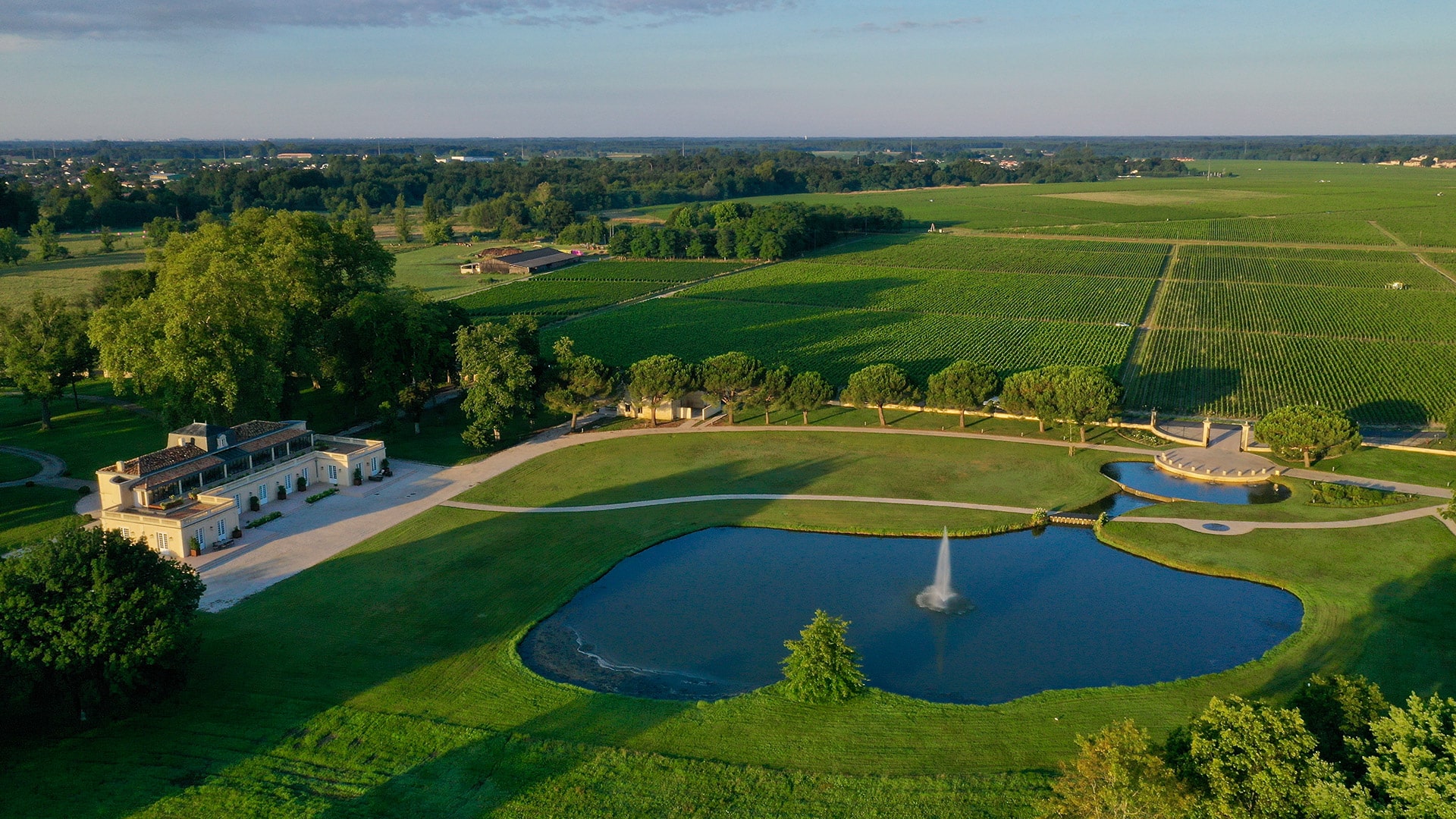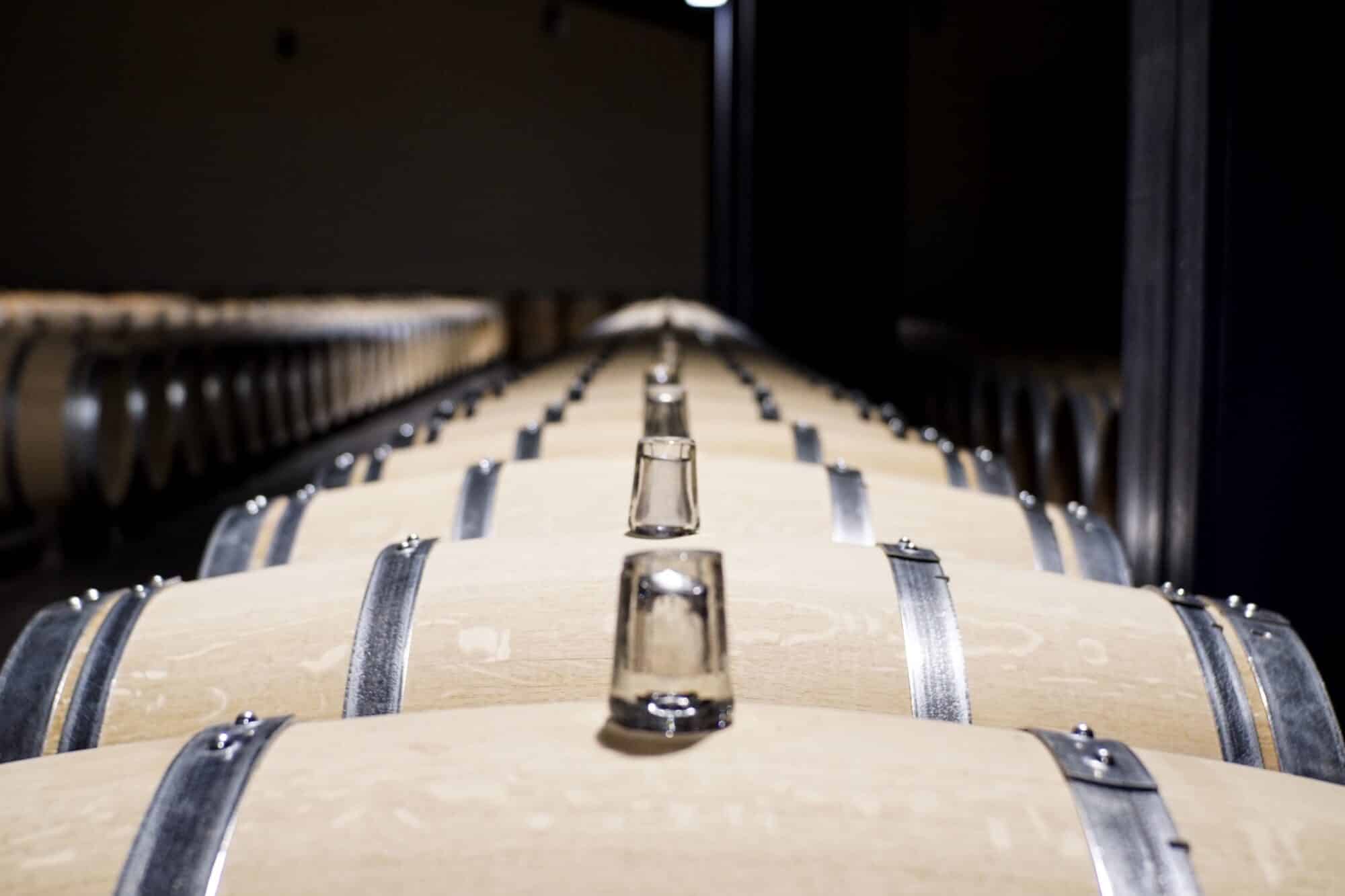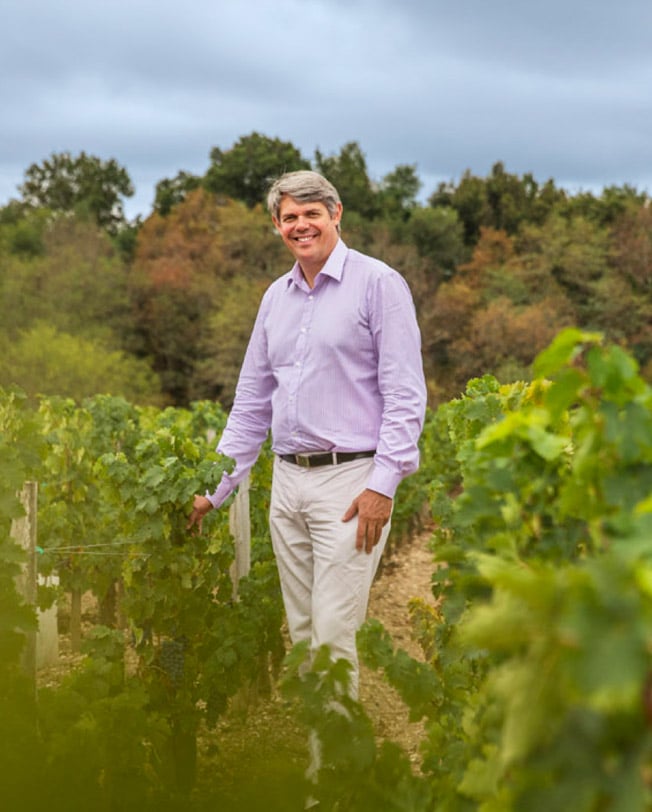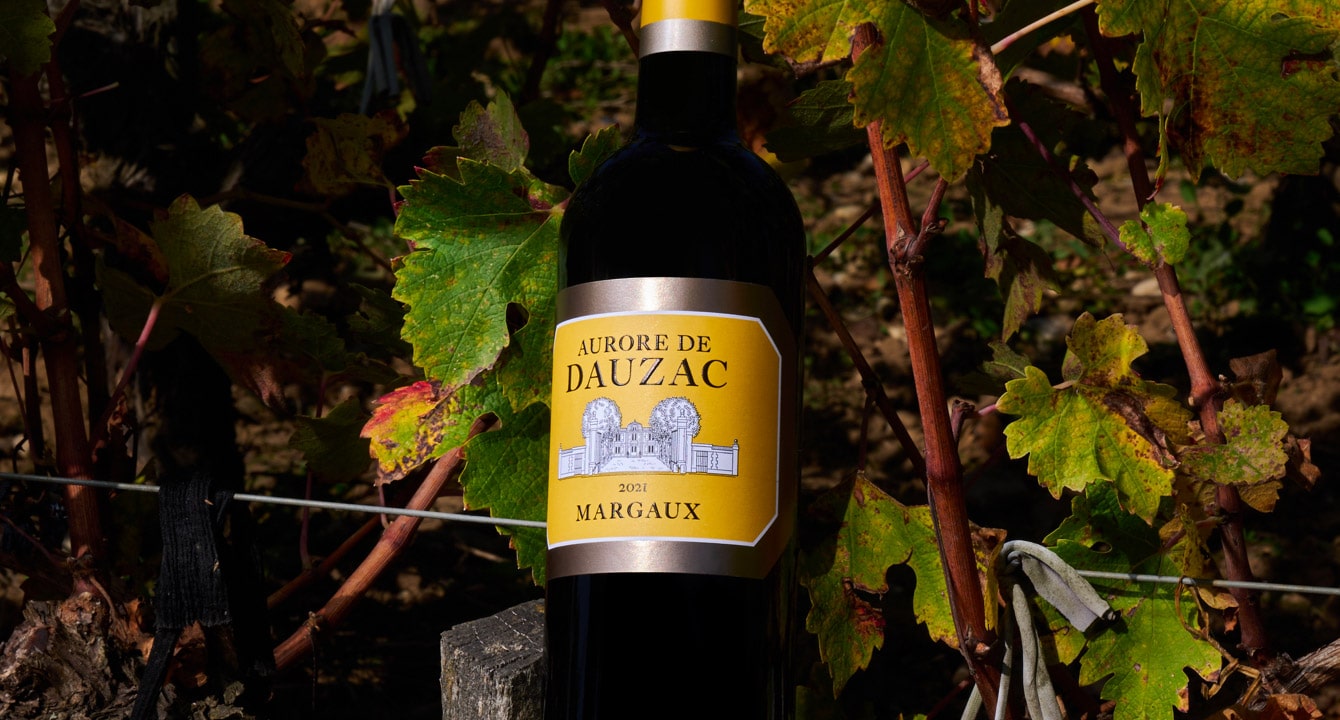1190
The earliest known owner in this area of Margaux is Pétrus d’Auzac. He received the land from Richard the Lionheart, King of England, Count of Poitiers, Duke of Aquitaine, Count of Maine and Count of Anjou.



Château Dauzac, a Margaux Grand Cru Classé according to the 1855 classification, is fortunate to have a single 49-hectare vineyard: 45 hectares in the Margaux appellation and 4 in the Haut-Médoc appellation.
Situated close to the Gironde estuary, which plays a vital role in the vineyard’s ecosystem, the estate is protected from ocean winds thanks to its ideal location surrounded by 120 hectares of meadows and woodland.
A highly ambitious managing director
‘Our goal is to always improve the quality of our wines and to continue to increase the visibility of the Dauzac brand in all major markets.’
Laurent Fortin, Managing Director of Château Dauzac

Laurent Fortin, Managing Director of Château Dauzac
I’m passionate about ampelography, viticulture, wine, marketing and innovation, and I have spent a large part of my career abroad, particularly on the Asian and American continents. I have been in charge of Château Dauzac since early 2013.
Innovation is the only way to move a company forward; it’s part of Château Dauzac’s DNA. We’ve never lacked bold initiatives in recent years. In 2021, we unveiled our first vintage of a 100% Cabernet Sauvignon cuvée, which was made from a plot of ungrafted vines and aged in dolia.
Château Dauzac is now more committed than ever to innovation in support of biodiversity with our Cuvée Neutre en Carbone (Carbon-Neutral Cuvée) project, which aims to decarbonise the entire estate.
To this end, a carbon assessment of the various Margaux appellation wines is currently being carried out by the company Climate Partner, in order to identify areas of improvement. For this project, Château Dauzac is working with partners who have the same environmental commitments, at each stage of production, from tillage to bottling the cuvée. When it comes to tilling, we are working with our first partner, Bioboon Agrology, who provides us with inputs made from 100% natural raw materials that stimulate the plant’s natural immunity and improves the biological life in soils.
But that’s not all and we’re going to continue to innovate and progress among the best 1855 Grands Crus Classés. We are currently looking into how we can use AI in sales and marketing.
Biodiversity is impossible without encouraging the cohabitation of animal species. Sheep graze in our 120-hectare park. There are also around 15 beehives next to the main building which produce Château Dauzac’s second nectar.
Our goal is to always improve the quality of our wines and to continue to increase the visibility of the Dauzac brand in all major markets.
We are facing, and will continue to face many challenges: the current climate changes will accelerate and we will need to innovate to cope with them. Another important issue is the transmission and continuation of wine and vine professions; we need to attract and train a new generation of talented people. These professions are evolving and require greater technical expertise and specialisation. Marketing our wines is more complex than ever, and the shift towards digital technologies and AI needs to be sped up.
See moreSee less
